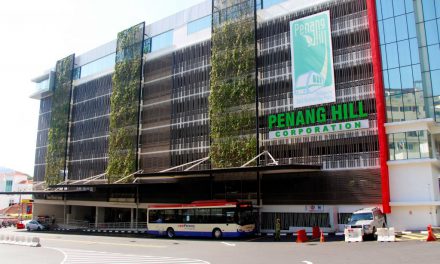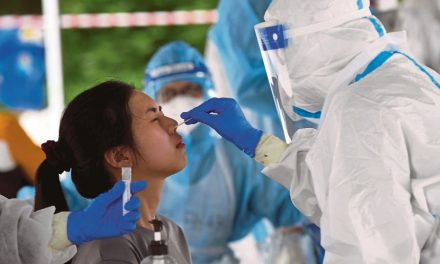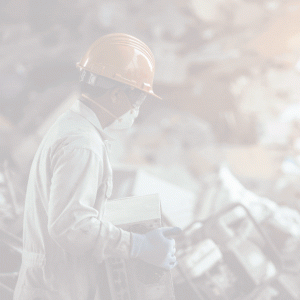At The Singapore Workplace Safety and Health (WSH) Conference on 17-18 November 2020, speakers explore how technology has changed the way we work, giving us a lot more choices about where and how we can accomplish tasks that not so long ago had to be done in assigned places and times.
While the trends around remote working had long begun in niche circles and industries, the current pandemic conditions quickly forced almost the entire global workforce to do the same and has hence accelerated the promotion and spread of remote working. Companies in different industries and trades have had to depend on technology to enable their workforce to work from home.
For one, the definition of a “workplace” has become much broader. Where it might have once been defined as an office desk in the city or a school classroom in the neighbourhood, the workplace could now be anywhere – a bedroom at home or a café in the city – anywhere that provides Internet connectivity and some privacy can be considered.
But with these dramatic changes, there are implications especially in the area of workplace safety and health.
“With this pandemic, digital technology has offered a whole new world of opportunities for increased flexibility in how we work, where we work, when we work and with who we work. With these however, there is a real change in terms of business hierarchies, how people stay engaged, how they are being managed remotely, and this may lead to a lack of clarity on what is WSH or how to achieve better WSH outcomes,” said Ms Samantha Su, Director, Built Environment, Sectoral Transformation Group, Infocomm Media Development Authority, a speaker at the upcoming Conference.
The Workplace Safety and Health (WSH) Institute was established as part of the WSH 2018 strategy to put Singapore’s WSH performance on par with leading countries. The WSH Institute provides evidence-based information and solutions to MOM, WSH Council and key stakeholders for the formulation and review of national WSH policies, strategies, and programmes. It also anticipates new and emerging WSH trends and risks in Singapore. Last year, the WSH Institute established a technology office within the Institute, to integrate the aspect of workplace safety and health into the technology ecosystem, and to identify and make available practical WSH tech solutions for the industry.
“We aim to work closely with industry, research institutes and solution providers to be our partners in the WSH tech ecosystem. At the moment, we are incorporating solutions for construction and facilities management as well as transport and logistics,” says the Plenary 2 speaker at the Conference, Ms Adeline Ng, Director of WSH Institute, Ministry of Manpower.
In the Industry 4.0 world, otherwise known as the Fourth Revolution, technology will be the key driver of change and of industries and the way we work.
“With technologies like Internet of Things, Video Analytics, and Digital twins, we have access to a whole host of information or data that can be collected, analysed and leveraged to improve how we work, change the way we live, enhance productivity or enable us to innovate. In addition, increasingly, with robotics, employees who do heavy manual work or perform their duties in hazardous conditions can also work better, maybe easier but definitely safer,” said Su.
How else can technology impact WSH in positive ways?
“Technology is a key enabler for us to use to monitor and improve work practices, predict potential lapses and reduce incidents from repeatedly happening on the ground. With real time data collected, we can spot lapses almost immediately and alert employees quickly to avoid serious incidents from occurring. With sufficient data collected over a period of time, enterprises can also study key trends, design or review processes, and find ways to train or re-train workers to do their work safer.
“With technologies, we can respond faster and better to incidents to avoid fatalities or serious injuries, reduce potential lapses by studying regular patterns on what can be learnt and avoided from happening again, and reinforce safety practices in the staff with training and re-training using real situations virtually. And these can be done even more effectively as we tap into next-generation connectivity like 5G,” said Su.
Of course, humans will have to collaborate and work closely with technology. The responsibility of WSH cannot be left entirely in the hands of technology, no matter how advanced.
“With Industry 4.0 will come autonomous vehicles, drones, and cobots, but I think we need to be also aware of the design flaws, or the poor safety mechanisms that may be in place, especially with new technology. We will have to deal with instances of un-intuitive human machine interfaces. Questions like, how can humans and robots exist safely together in the same work environment, or, how will robots actually respond intelligently to a safety incident, or a sudden abnormal operating environment, have to be asked,” said Ng.
Ng said we must be mindful of human complacency that may set in, as once technology is pervasive it may “replace our own situational awareness of our workplace”.
Mental health is another area that needs attention, advised Ng.
“One of the more commonly known risks for Industry 4.0 is greater work stress, higher mental-workload. We are constantly plugged in and have huge amounts of data that we need to ingest and to understand – more so than ever before. We are drowning in data, but thirsty for knowledge,” said Ng.
WSH Institute has developed an online tool known as iWorkHealth that enables companies to self-administer to their employees to “tease out the work stressors that the organisation may have in the workplace”. Some of these could be job demand, perceived lack of job control. lack of peer or supervisor support, for example, said Ng.
“This way, the management can understand the work stressors that the employees are facing. The participating employees will get reports about their own individual stressors. Greater awareness will bring about that first step to solutioning and interventions,” added Ng.








